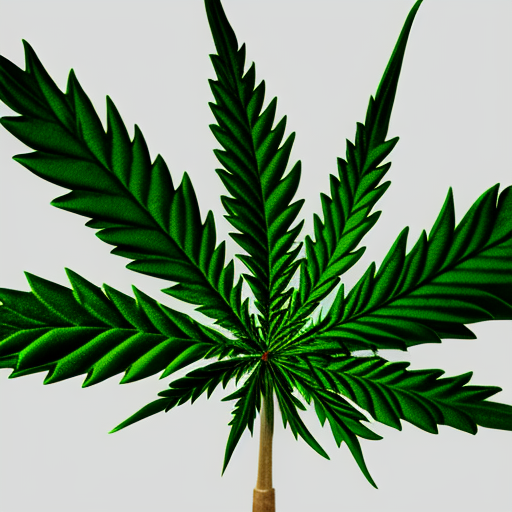
The commercial production of cannabis extracts has outpaced the current state of knowledge provided by cannabis research. While there are a myriad of compounds that exist within the cannabis plant that are believed to have therapeutic potential, very little is known about if or how modern extraction processes may affect these compounds.
Research conducted by Alexander McCorkle, senior research manager at Charlotte’s Web, and researchers at Colorado State University suggests that extraction methodology does significantly affect the chemical composition of finished cannabis extracts. McCorkle presented this finding at the Analytical Cannabis Science of Cannabis Extraction Online Symposium 2022. The group’s research was previously published in Nature’s Scientific Reports.
Additionally, plant maturity and growing region may also have significant effects on a cultivar’s composition. To study both extraction method and these factors, the team harvested material from cloned plants and a feminized seed and compared the chemical composition of the extracts produced from both using isopropyl alcohol (IPA) solvent-based extraction method, ethanol solvent, and supercritical CO2 extraction. Each extract was analyzed with a compliment of different approaches including gas chromatography mass spectrometry, ultra-performance liquid chromatography tandem mass spectrometry, and inductively coupled plasma mass spectrometry.
Using principal component analysis, the group found that the extracts produced from clones and feminized seeds were very similar. However, there were significant differences in cannabinoid content seen within the three approaches to extraction. Generally, they found that there was a trend of higher abundance of phytocannabinoids (including CBD and delta-9 THC) in the alcohol extraction methods using ethanol and IPA compared to the extracts produced by supercritical CO2 extraction. This trend also held true for minor cannabinoids also present in the extracts.
The team also identified several interesting trends in how extraction methods may affect other compounds and nutrients. For example, coumaric acid was significantly more abundant in extracts produced by ethanol extraction. Conversely, shogaol, a potent anti-inflammatory and antioxidant agent, was more abundant in the IPA extracts. Micronutrients were also found to vary depending on extraction method.
Given the significant effect that growing region and plant maturity can have on a crop, and the transformative effect that different extraction techniques can impose on extracts produced from otherwise identical crops, it is important for producers and processors to be aware of this. When designing a certain strain or extract product for therapeutic use, it is therefore important to properly assess the chemical composition of any new products.

